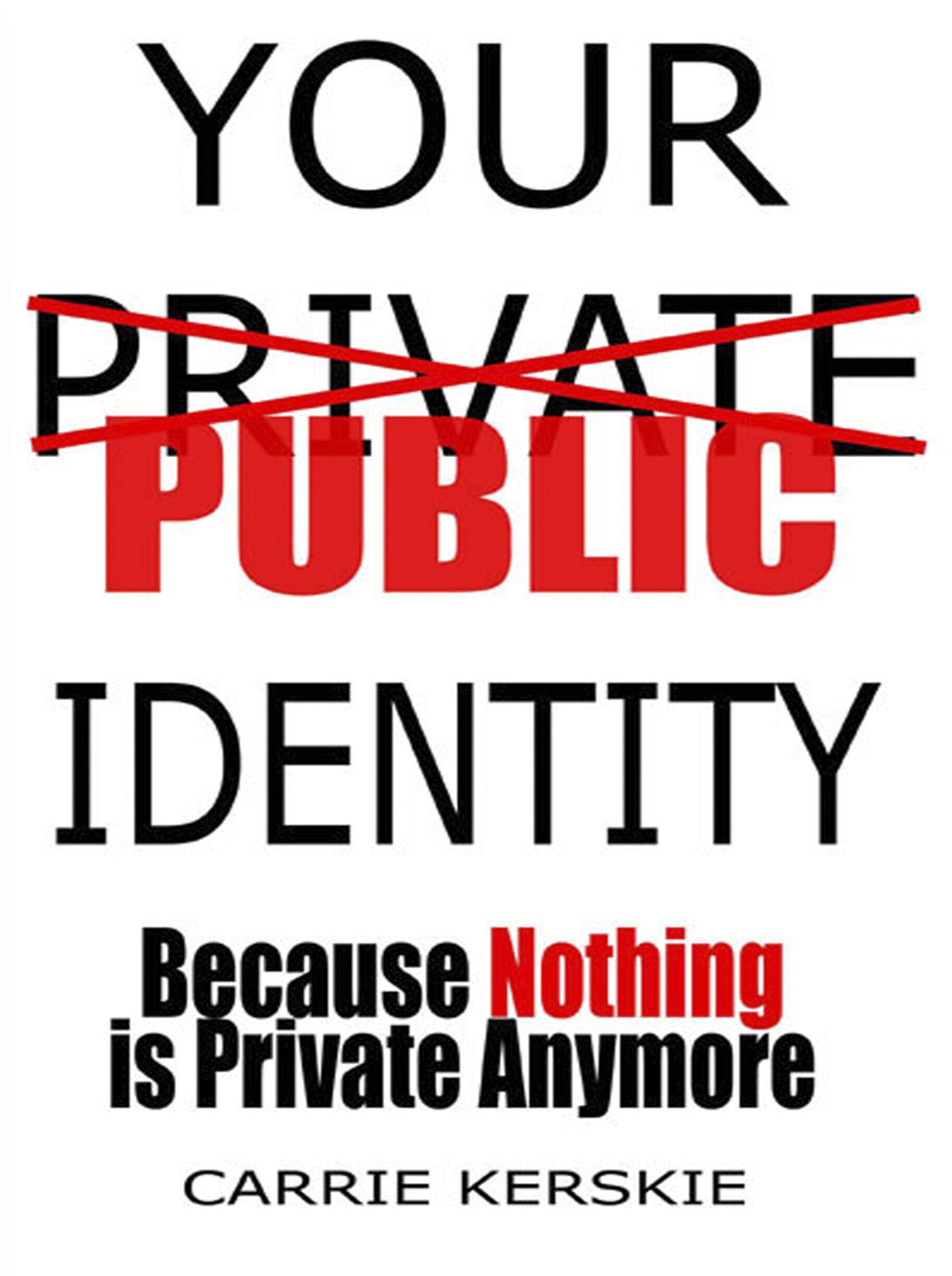“How” you ask? By taking advantage of RFID technology. RFID is the acronym for Radio Frequency Identifiers. This technology has been used in the retail industry for years to reduce shoplifting. Remember when clothes had that big plastic clip that made trying on clothes difficult? Those plastic clips house a radio transmitter that is constantly sending out a signal. Built into the door frame of the retail store was a signal reader. When the signal got too close to the reader the alarm sounded. Advancements in this technology has made these devices so small that they are now sewn into fabric, think shiny silver tag in clothing that says “remove before wearing.” They are so small in fact that they are now sandwiched in between the plastic of credit cards and passports.
When this technology is used in credit cards the information being transmitted is your credit card information. That’s right. Your credit card information is being distributed in a radio frequency. Don’t believe me? Remember the keychain fob available from Mobile gas stations a few years back? These keychains contained your credit card information and transmitted the information in a radio signal. When you waived the keychain in front of the key pad on the fuel pump your credit card information was received by the reader in the fuel pump. That was RFID technology.
Thieves are exploiting this “convenience” technology to virtually pick your pocket. They simply create an RFID reader with a netbook and software. There are tons of “how-to’s” available online teaching thieves how to build a reader, capture the information and create credit cards all with your credit card information. So you might be thinking “why would they go through all of that time and expense just to get a credit card or two?” They aren’t. They use these readers at large venues such as concerts. The thief will walk through a large crowd with a reader capturing the credit card information as he walks. He then takes the reader to his partner parked in a van near the venue. Inside of the van are credit card blanks with which they use to create duplicate credit cards from the information they captured in the reader. These duplicate credit cards are then distributed to additional thieves that go on a shopping spree using your credit card information. All while you are enjoying the concert.
So what can you do? For one you can block the RFID signal by using a credit card sleeve that is lined in what looks like silver or aluminum foil. These are available online and in stores. There are also specialty wallets, credit card cases and purses that are lined with the same silver type of material that blocks the RFID signal. You can also use commercial grade aluminum foil to block the signal. Now you have a wallet to match your hat! I know it’s a really bad joke.
A kidding aside, RFID is something that should not be taken lightly. You can also contact your credit card company and ask for a credit card without RFID but most are making the transition to all credit cards containing RFID. If enough consumers complain perhaps the industry will reconsider RFID. Remember it is also now in your passport. Make sure you keep the paper sleeve that comes with your passport as it is lined with RFID blocking materials.
So once again, this is another example of consumers sacrificing privacy over convenience. Will you?


